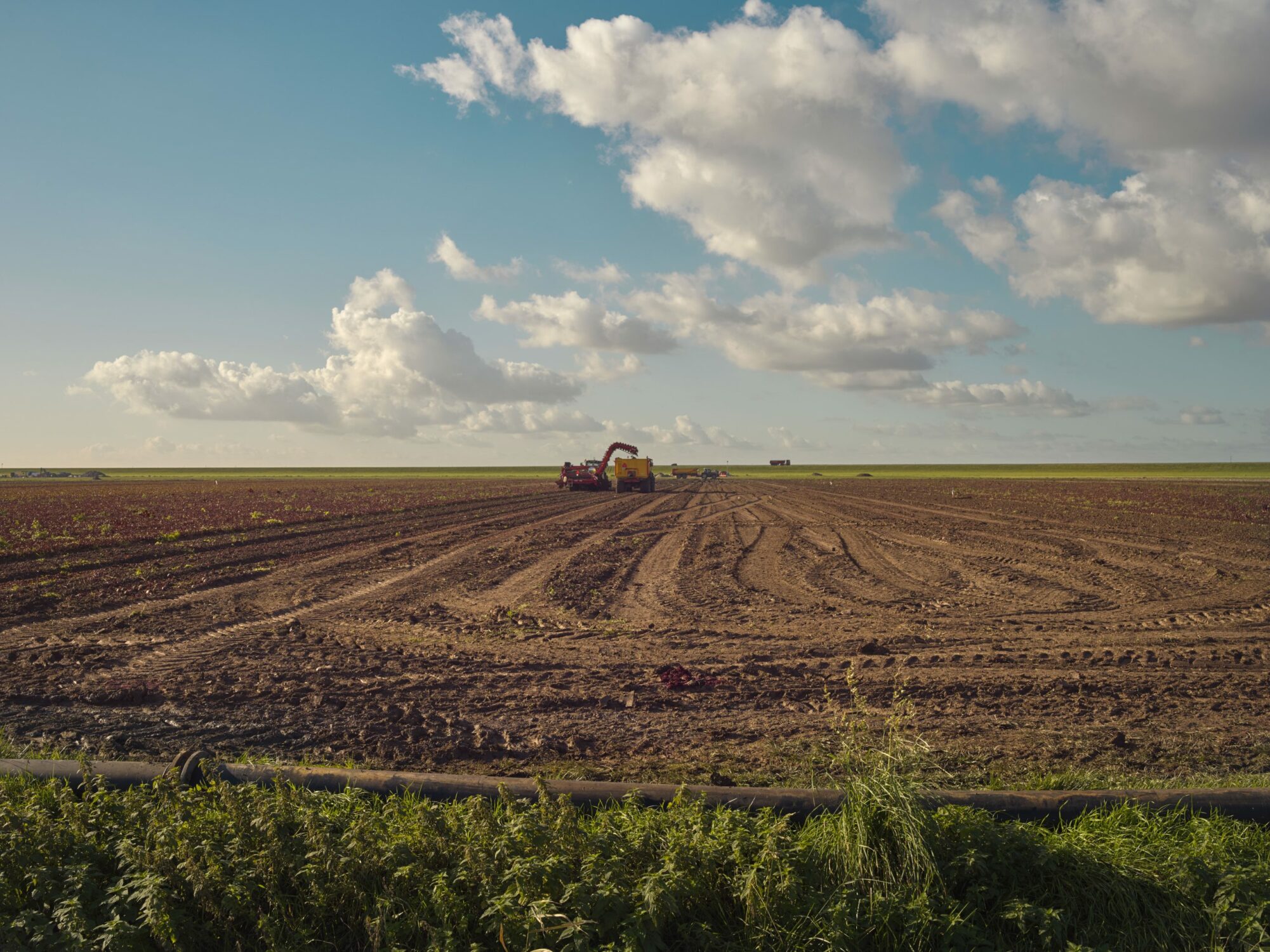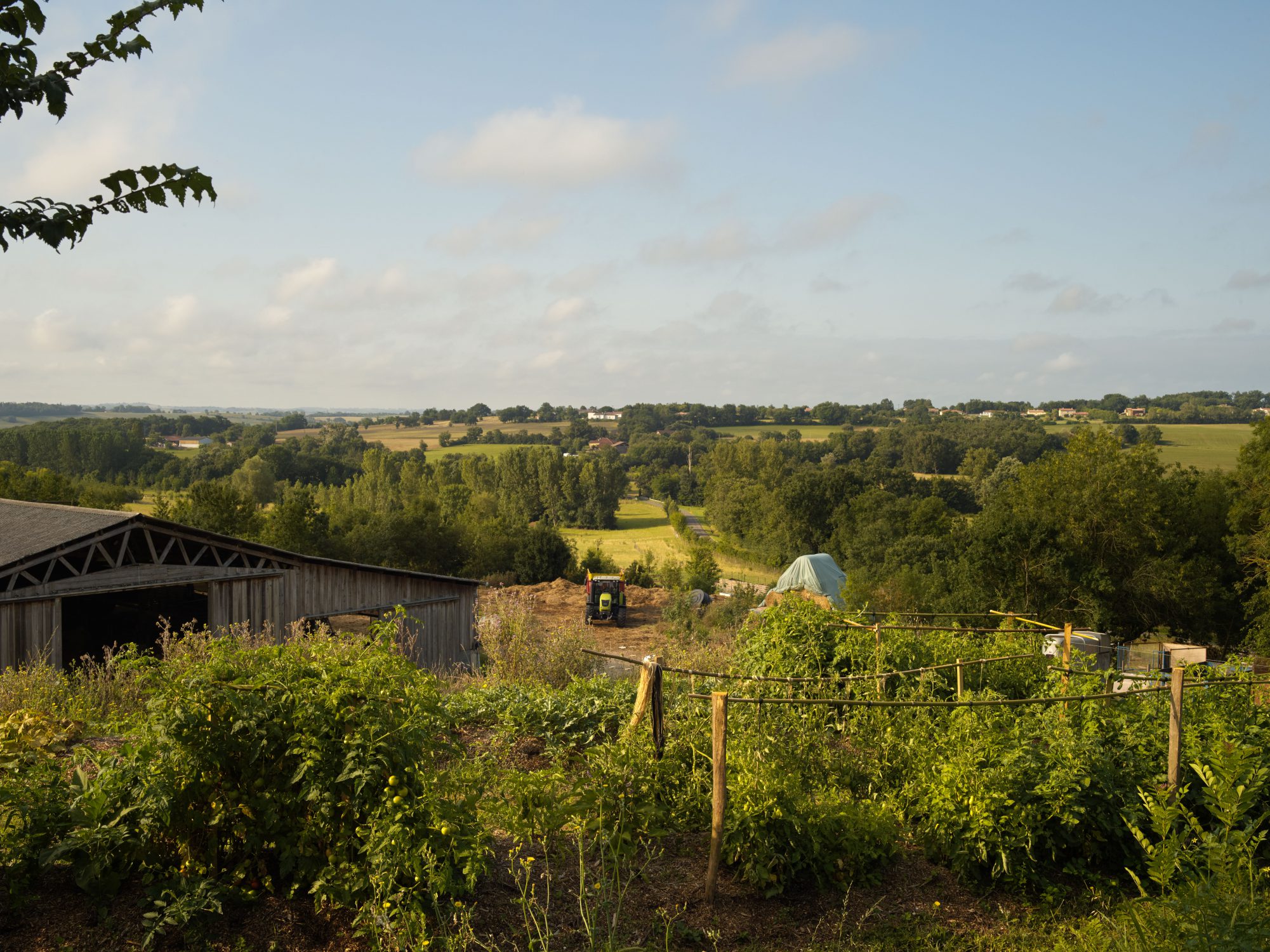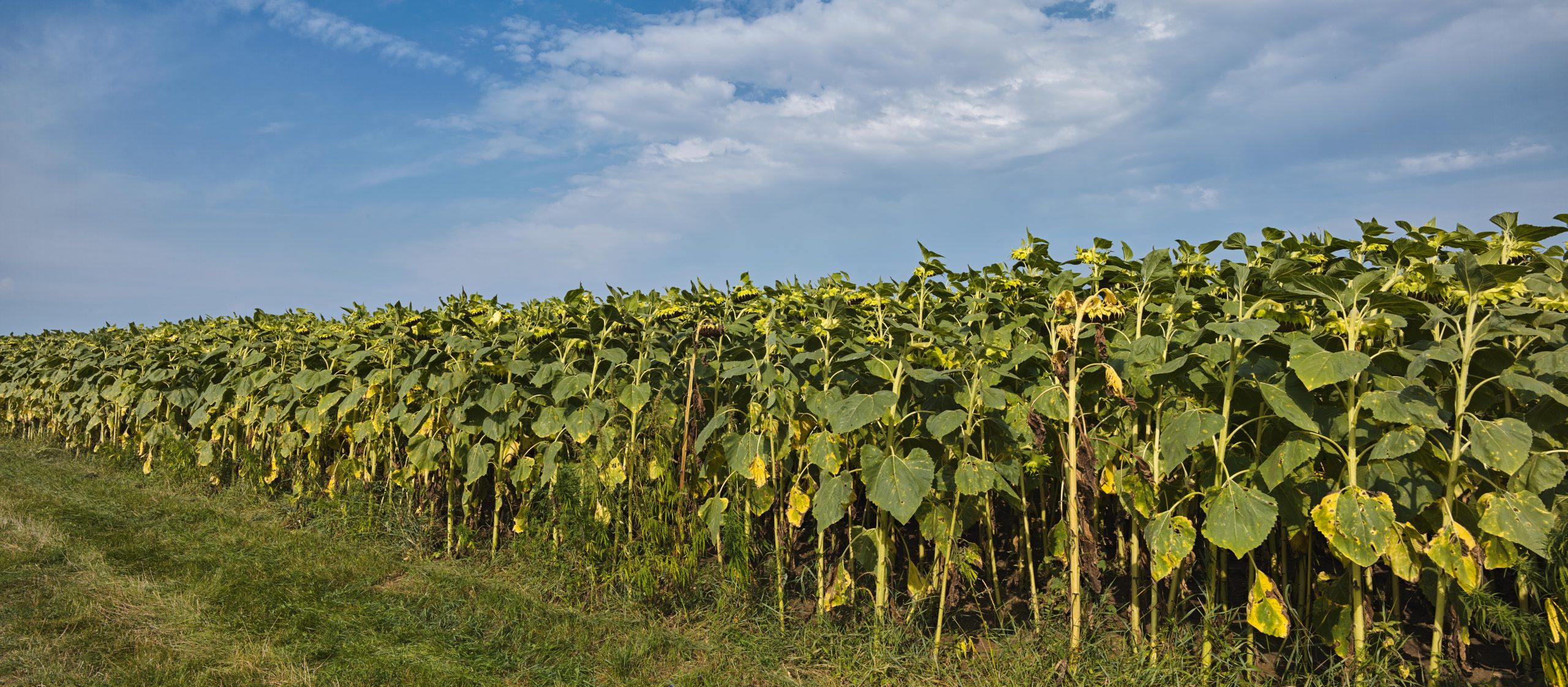
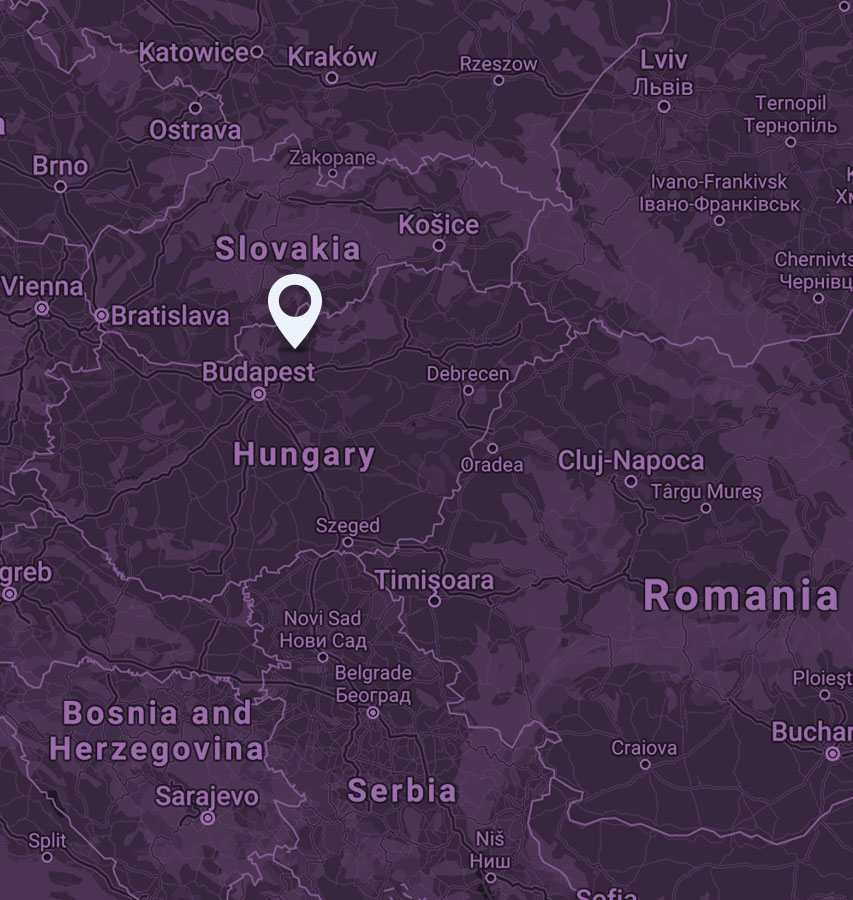
“Regenerative Agriculture works with nature, rather than against it.”
Regenerative agriculture refers to a number of organic farming methods that work with nature, rather than against it.
The aim is to preserve and restore food and farming systems by focusing on regeneration of the topsoil, increasing biodiversity, improving the water cycle, improving ecosystem services, supporting bio-storage, increasing resilience to climate.
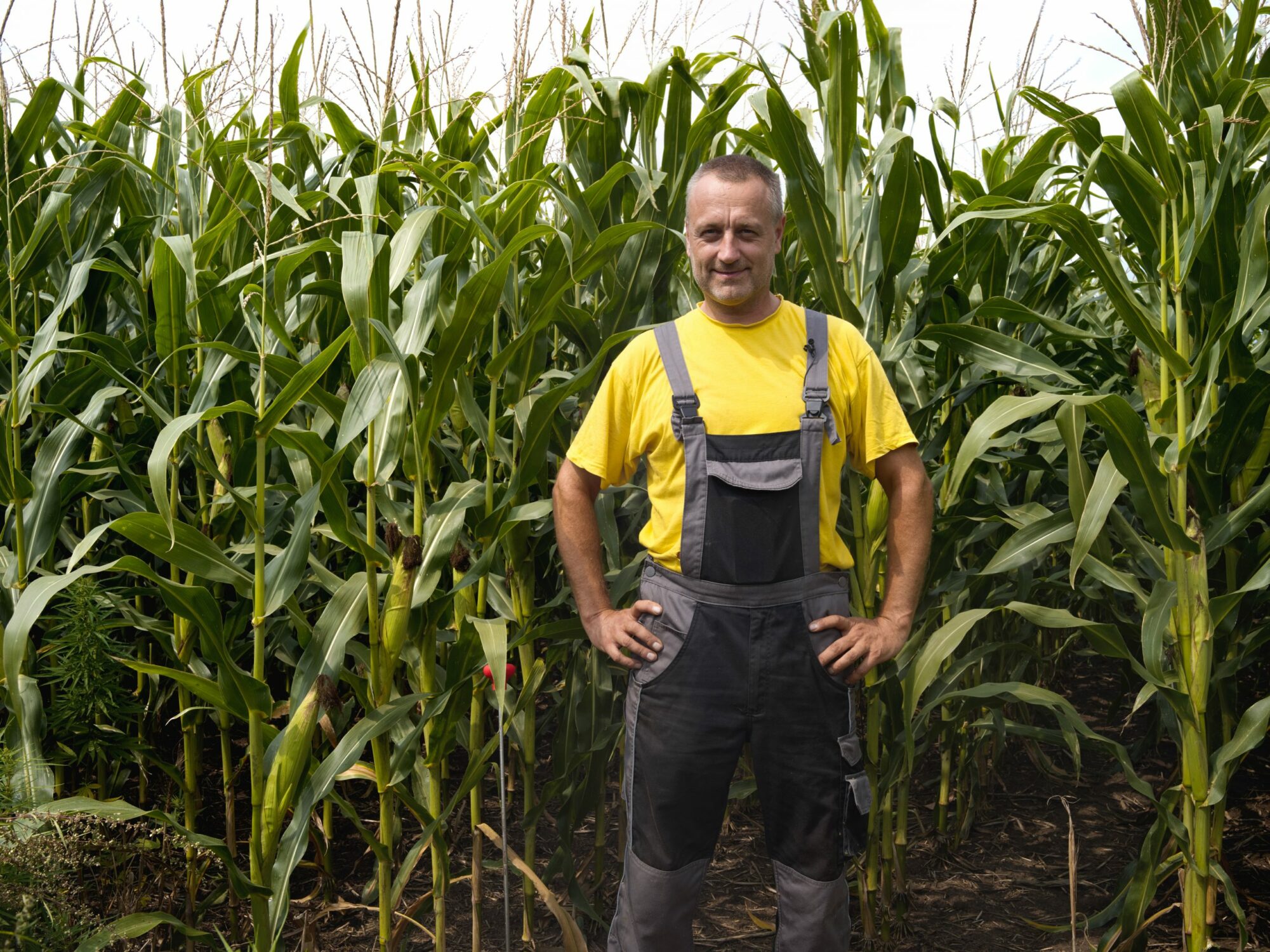
We meet Attila in the office of Ekonom Kft in Kerekharaszt, Hungary, a company producing cereals on 700 hectares of land.
Its most important crops are maize, sunflowers and wheat.
Attila is a landless farmer hired to help the company switch to regenerative agriculture. He is a passionate grower, adviser and advocate of regenerative agriculture, who now provides advice to companies farming a total of 20,000 hectares.
He takes us with him to one of the maize fields to tell us the story of regenerative agriculture.
“Regenerative Agriculture benefits farmers, plants, people and planet.”
Attila Kökény
Talajreform, Kerekharaszt, Hungary
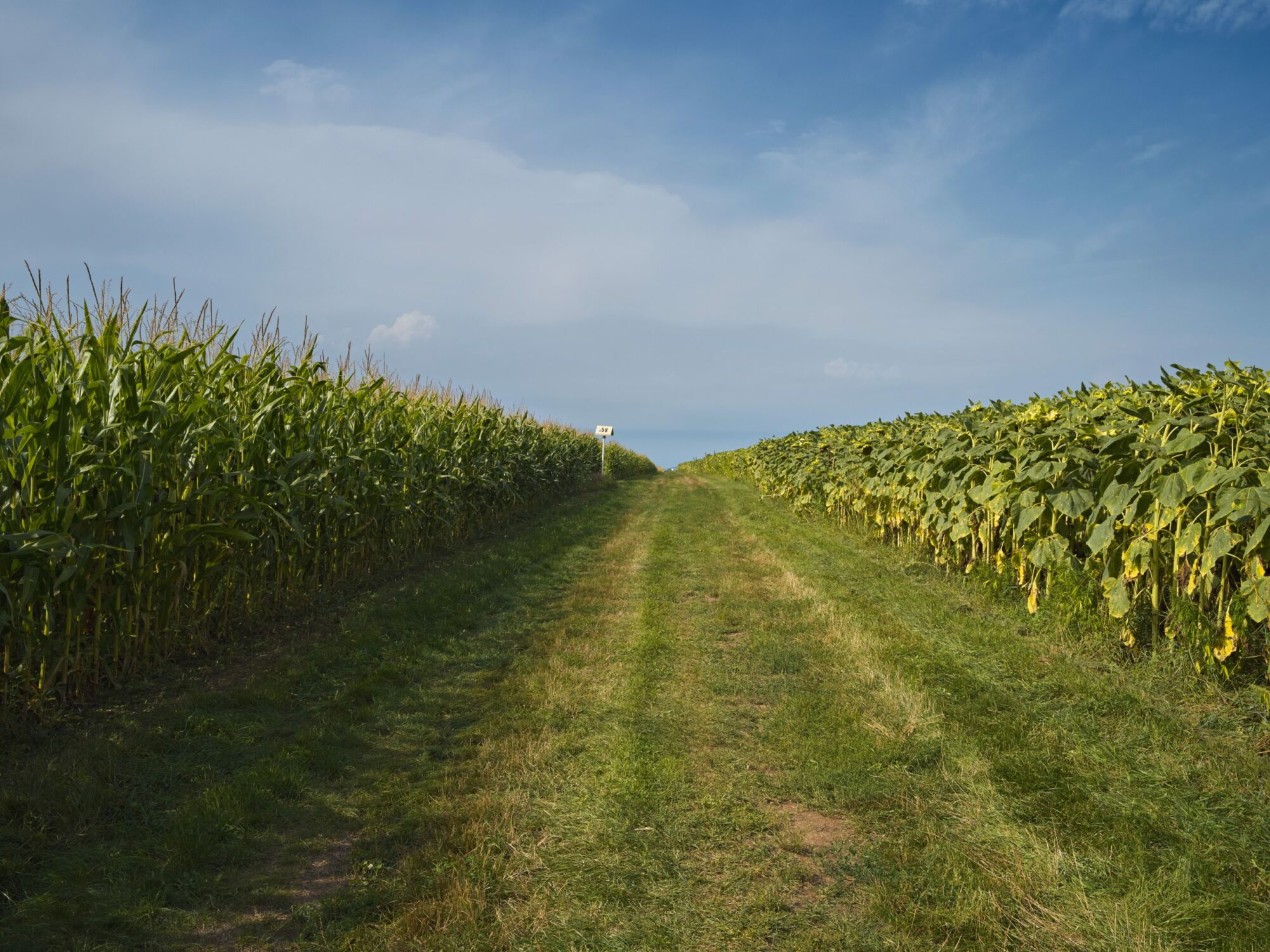
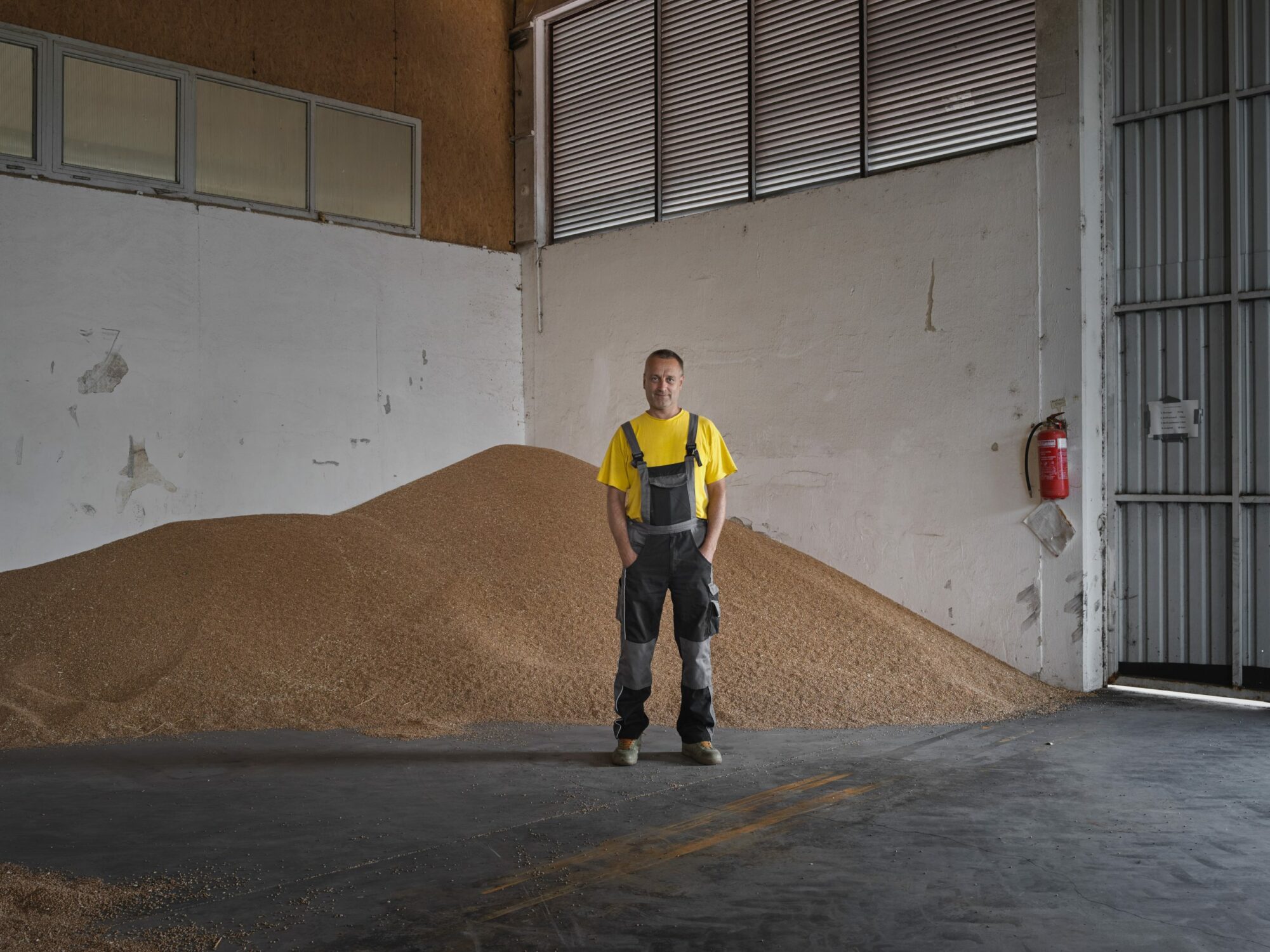
“Within regenerative agriculture, the focus is on the soil.”
Attila Kökény
Talajreform, Kerekharaszt, Hungary
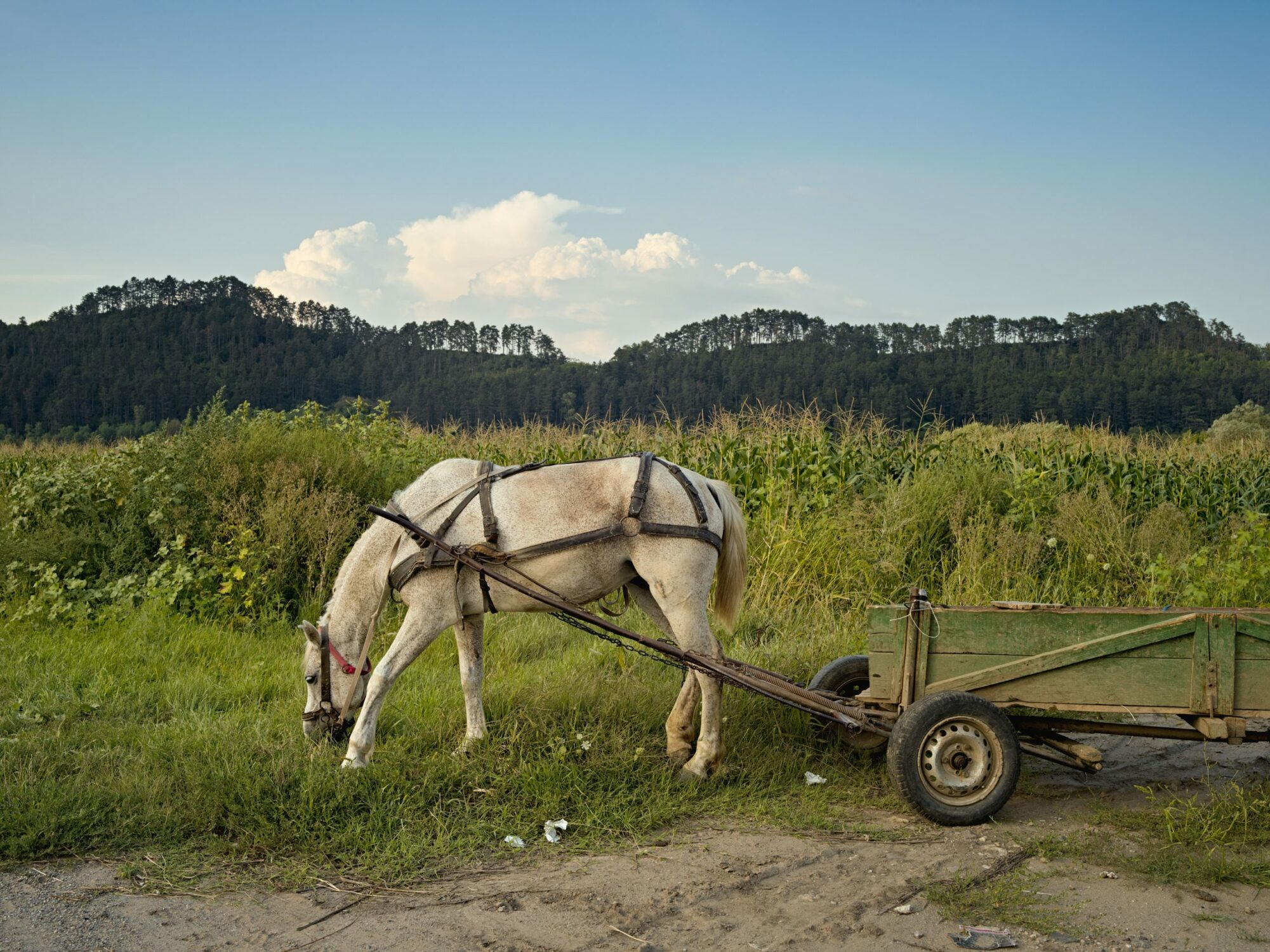
Definition
No-till:
No disturbance to the soil. The benefits of this practice include improved moisture retention and reduced soil erosion
Cover crops:
Cover crops are used to slow erosion, improve soil conditions, suppress weeds and reduce soil compaction. Cover crops can also help control pests and diseases, usually by covering a field during the growing season.
Cover crop rotation:
increase crop yields by improving soil health. There are three primary types of cover crop: tuberous tillage radish; grasses such as cereals, oats, or annual grass; and legumes such as clover. These cover crops are sometimes grazed or harvested.
Rotational Grazing:
One pasture at a time is grazed, while the rest of the land ‘rests’. Where grazing animals are used, the pastures are often referred to as paddocks
A focus on the Soil
Agriculture that benefits farmers, plants, people and planet
